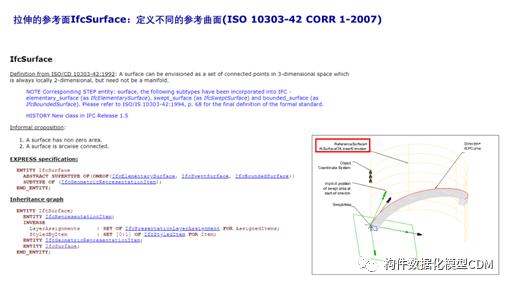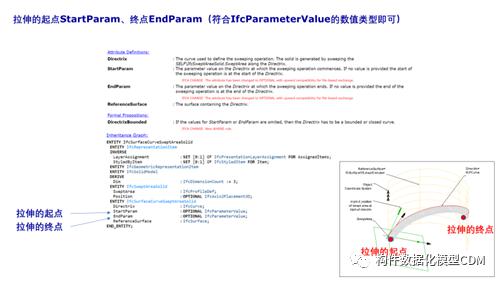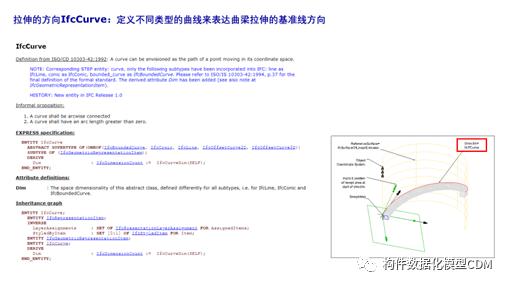
Cdm: Common Data Model File – A Comprehensive Overview
The Common Data Model (CDM) file format has become an essential component in the world of data management and integration. As businesses and organizations continue to rely on data to drive their decisions, the need for a standardized and efficient way to store and share data has never been greater. In this article, we will delve into the intricacies of the CDM file, exploring its purpose, structure, and applications across various industries.
Understanding the Purpose of CDM

The primary goal of the Common Data Model is to provide a common set of data types and relationships that can be used across different systems and applications. This ensures that data can be easily shared and integrated, reducing the complexity and costs associated with data management. By using a standardized format, organizations can streamline their data workflows and improve data quality.
The Structure of a CDM File

A CDM file is essentially a JSON (JavaScript Object Notation) file that defines the structure of the data. It consists of a set of entities, each representing a type of data, and their relationships. Here’s a breakdown of the key components:
- Entities: These are the building blocks of the CDM file, representing different types of data. For example, an entity could be a “Customer,” “Order,” or “Product.” Each entity has a set of properties that define the data it contains.
- Properties: These are the attributes of an entity, such as “Name,” “Email,” or “Price.” Properties have data types, such as string, integer, or date, which determine how the data is stored and processed.
- Relationships: These define the connections between entities. For instance, a “Customer” entity might have a relationship with an “Order” entity, indicating that a customer can have multiple orders.
Here’s an example of a simple CDM file structure:
{ "entities": [ { "name": "Customer", "properties": [ { "name": "Name", "type": "string" }, { "name": "Email", "type": "string" } ] }, { "name": "Order", "properties": [ { "name": "Order ID", "type": "integer" }, { "name": "Date", "type": "date" } ] } ], "relationships": [ { "name": "Customer to Order", "type": "one-to-many", "source": "Customer", "target": "Order" } ]}
Applications of CDM

The Common Data Model is widely used across various industries, including finance, healthcare, retail, and manufacturing. Here are some examples of how CDM is applied in different sectors:
Finance
In the financial industry, CDM helps organizations manage customer data, transactions, and investments. By using a standardized format, financial institutions can ensure that data is consistent and accurate, enabling better decision-making and regulatory compliance.
Healthcare
In healthcare, CDM is used to manage patient records, medical history, and treatment plans. This allows healthcare providers to easily share information, improving patient care and outcomes.
Retail
In retail, CDM helps manage customer data, inventory, and sales. By using a standardized format, retailers can streamline their operations, improve customer satisfaction, and increase sales.
Manufacturing
In the manufacturing sector, CDM is used to manage product data, supply chain, and production processes. This helps manufacturers optimize their operations, reduce costs, and improve product quality.
Conclusion
The Common Data Model file format is a powerful tool for managing and integrating data across different systems and applications. By providing a standardized and efficient way to store and share data, CDM helps organizations streamline their data workflows, improve data quality, and make better decisions. As the demand for data-driven insights continues to grow, the importance of the Common Data Model will only increase.






